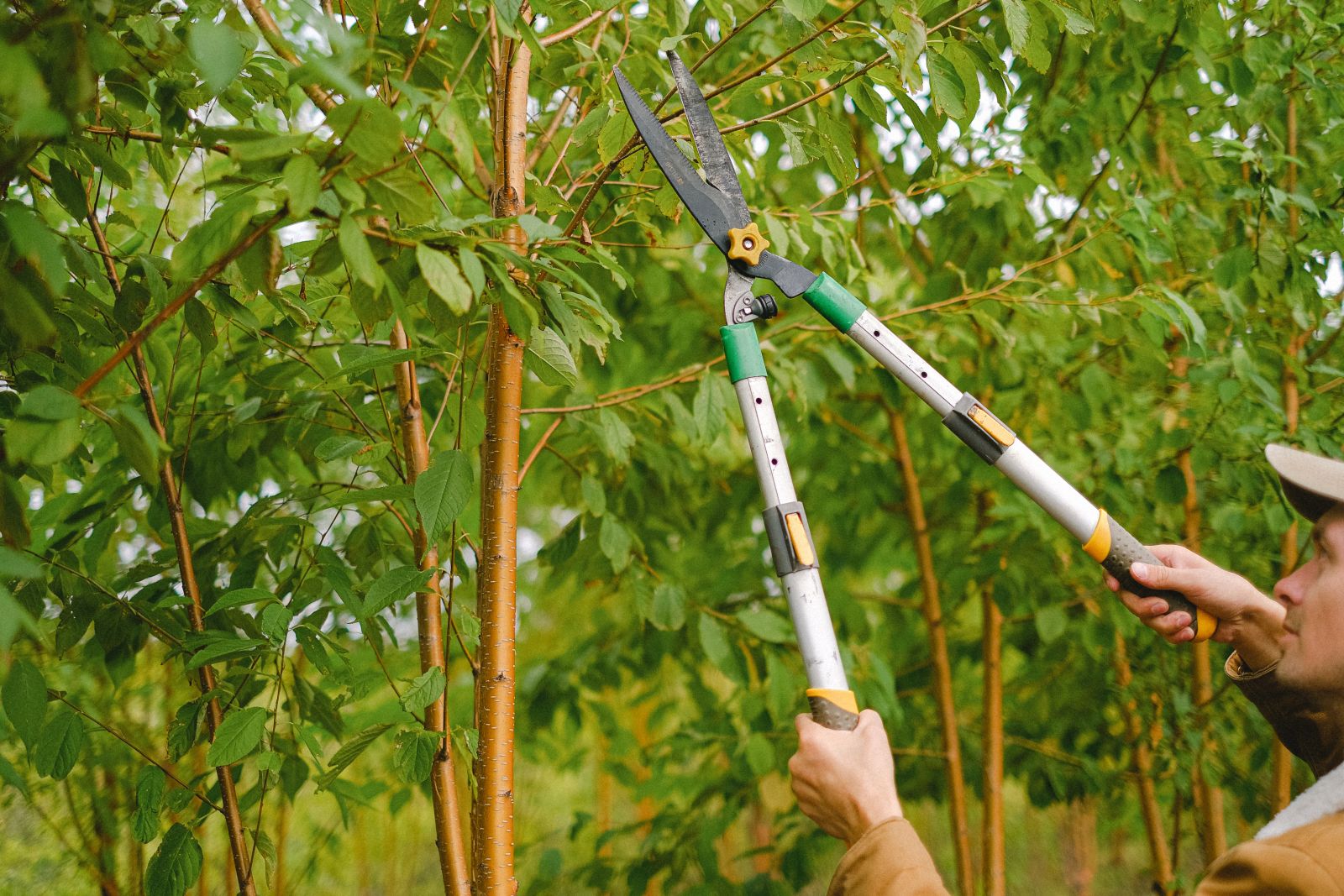The Ultimate Pruning Guide for a Healthy and Beautiful Garden in February
10-02-2023
A well-maintained garden is a source of joy and relaxation. A garden filled with lush plants, vibrant flowers, and healthy trees is a sight to behold. However, to keep your garden in top condition, pruning is essential. Pruning helps to shape and direct growth, encourages healthier plant development, and increases overall plant health and beauty. This article will provide you with the ultimate guide for a successful pruning schedule for your garden in February.

Why Pruning is Important for Your Garden
Pruning is a critical aspect of garden maintenance as it helps to regulate plant growth, improve health and increase overall aesthetic appeal. By removing dead, diseased, or damaged branches, you can promote new growth, encourage blooming and increase the plant's ability to absorb sunlight and nutrients. Additionally, pruning can help to control the size of your plants, allowing you to manage the overall look of your garden.
The Ideal Pruning Schedule for Your Garden in February
February is the ideal time to start pruning your garden in preparation for spring. During this time, deciduous trees and shrubs are in a dormant state, making it easier to see their structure and identify any problematic branches. Additionally, pruning in February will help to stimulate growth as the weather starts to warm up.
Here are some of the plants that you should focus on pruning in February:
-
Fruit trees: Apples, pears, peaches, and plums should all be pruned in February. Pruning fruit trees helps to encourage fruit production and promote healthy growth.
-
Rose bushes: Prune back your rose bushes to remove dead and diseased branches, encouraging new growth and blooming.
-
Shrubs: Prune back shrubs, such as lilacs and forsythia, to encourage new growth and maintain their shape.
-
Evergreens: Prune back any damaged or diseased branches to maintain their overall health and appearance.
The Proper Techniques for Pruning Your Garden
To get the best results from your pruning efforts, it's important to follow proper pruning techniques. Here are some of the most important tips to keep in mind:
-
Always use clean and sharp pruning tools to avoid damaging the plant or spreading disease.
-
Make clean cuts at a slight angle, just above a bud or branch intersection.
-
Remove any dead, diseased or damaged branches first, and then focus on shaping the plant.
-
Avoid over-pruning, as this can weaken the plant and impede its ability to grow.
-
When pruning shrubs and trees, aim to maintain a natural shape and avoid giving them a formal appearance.
The Benefits of a Proper Pruning Schedule
A well-maintained pruning schedule can bring numerous benefits to your garden, including:
-
Increased plant health and vitality.
-
Stimulated growth and blooming.
-
Improved overall aesthetic appeal.
-
Better fruit production in the case of fruit trees.
-
Controlled size and shape of plants.
-
A reduction in disease and pest problems.
Conclusion
Pruning is an essential aspect of garden maintenance, and February is the ideal time to get started. By following a proper pruning schedule, you can improve the health and beauty of your garden, encouraging growth and blooming. Remember to use clean, sharp tools, follow proper techniques, and avoid over-pruning for the best results. With a little effort, you can have a stunning garden that will be the envy of your neighborhood.
